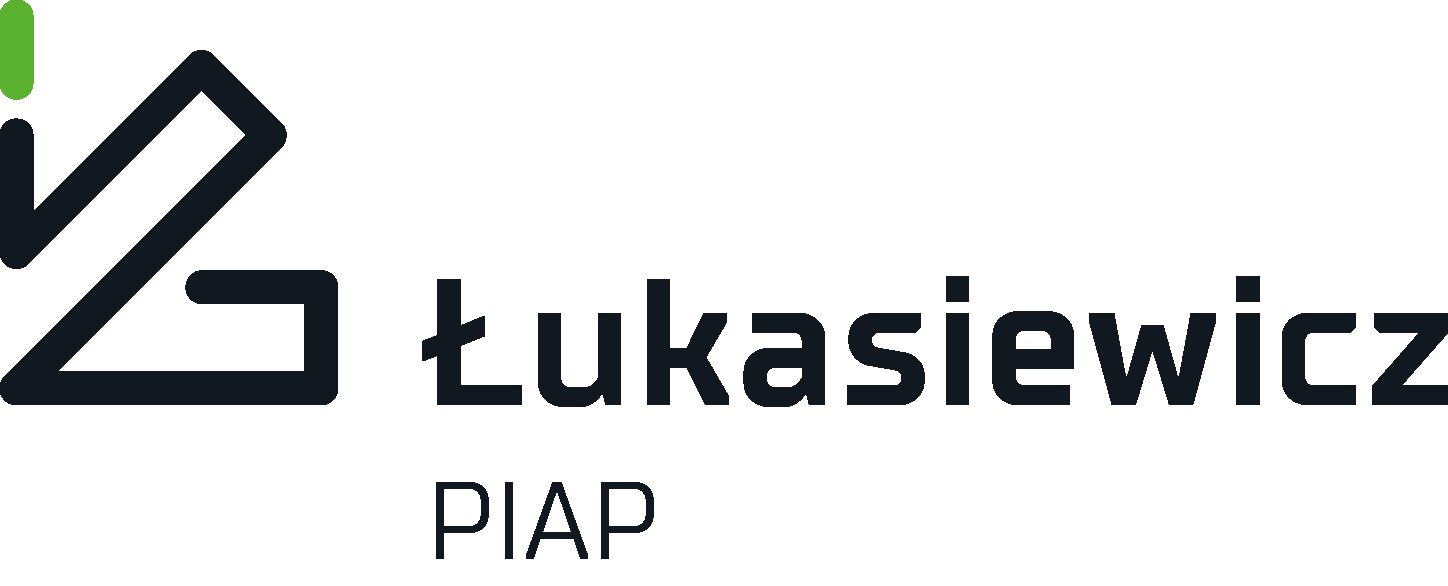Chemical Reaction Algorithm for Type-2 Fuzzy Control Optimization in Mobile Robots
Authors
Abstract
In this work the optimization process of the tracking and reactive controllers for a mobile robot are presented. The Chemical Reaction Algorithm (CRA) is used to find the optimal parameter values of the membership functions and rules for the reactive and tracking controllers. In this case, we are using five membership functions in each variable of the fuzzy controllers. The main goal of the reactive controller is aimed at providing the robot with the ability to avoid obstacles in its environment. The tests are performed on a benchmark maze problem, in which the goal is not necessarily to leave the maze, but rather that the robot avoids obstacles, in this case the walls, and penalizing for unwanted trajectories, such as cycles. The tracking controller’s goal is for the robot to keep into to a certain path, this in order that the robot can learn to react to unknown environments. The optimization algorithm that was used is based on an abstraction of chemical reactions. To perform the simulation we use the “SimRobot” toolbox, the results of the tests are presented in a detailed fashion, and at the end we are presenting a comparison of results among the CRA, PSO and GA methods,






